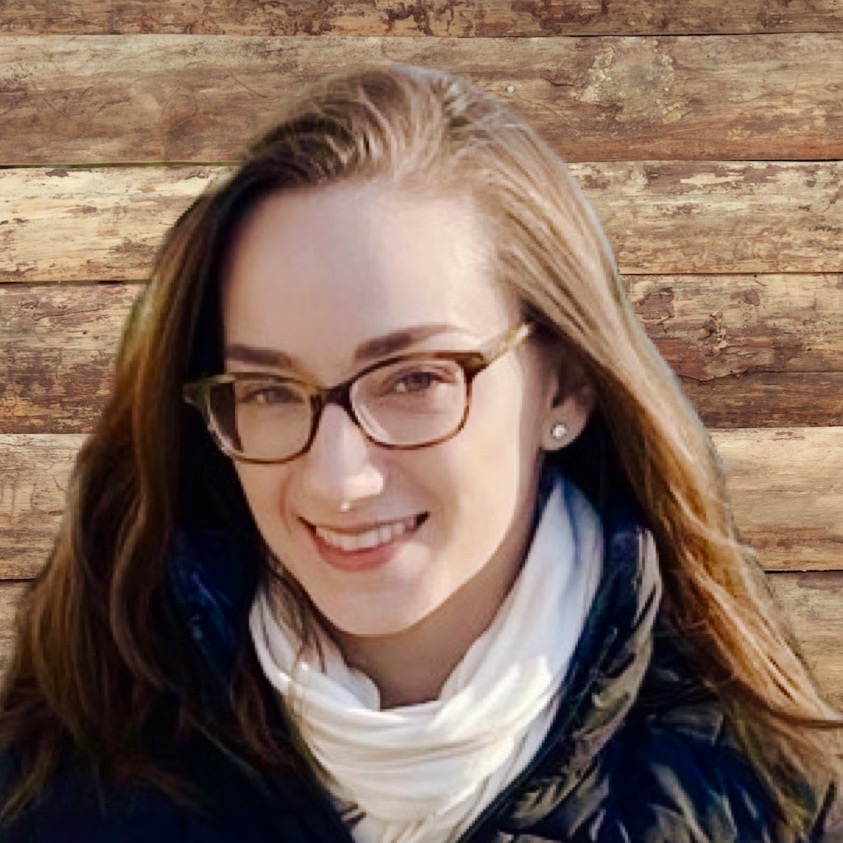I got glasses when I was in the fourth grade. I didn’t realize that the world I saw didn’t look how I was supposed to see it. I would sit very close to the TV in our living room until one day my mom told me to sit back on the couch to which I responded “I can’t see from back there.” I vividly remember my first visit to the eye doctor. When my glasses were ready, the doctor had me look out the wall of windows. When she put the glasses over my eyes, I gasped. I had never seen the world so clearly before. What fascinated me the most were the trees. Before, I could really only see a mesh of colors. But now I could see how intricately detailed they were. Throughout my life, I’ve enjoyed looking at the trees and always loved to draw them. When I started sculpting with clay, the first thing I made was a tree. When I started graphic design, I created a tree with the branches above and the roots below. I love seeing all the branches and how they break off into smaller, delicate pieces to create this beautiful, strong giant. Consciously or subconsciously, I am drawn to trees.
Trees not only cover the land on this planet, but they also often appear in mythology and aboriginal stories. Over and over again, we see how trees have influenced civilizations. We even use trees as symbols to trace our lineages. I recently came across a podcast from the New York Times, The Sunday Read. I listened to an episode on “The Social Life of Forests,” which follows the story of a writer, Ferris Jabr, who spent a day with ecologist Dr. Suzanne Simard. As he spends time in the forest with Dr. Simard, Ferris eventually comes to the realization that there are no individuals in the forest; the entire forest is connected.
Dr. Simard explains how trees, even those of different species, communicate through underground fungal networks or mycorrhizal networks. Mycorrhiza are essentially partnerships between trees and fungi. They are thin, threadlike fungi that grow off the underground roots of trees and trade nutrients with them. They also connect plants, allowing them to communicate and share carbon, water, nutrients, alarm signals and hormones. Dr. Simard found in her studies that nearly every tree in a forest is connected in this way. In a networked forest, filled with diversity of species and ages of trees, seedlings will flourish. In contrast, seedlings that are removed from this environment are much more likely to die. In a forest, dying trees will pass on their carbon to other trees and fully grown trees will give the sugars they produce via photosynthesis to seedlings whose leaves can’t yet reach the sun.
As can be expected, Dr. Simard’s groundbreaking discoveries were met with pushback from the established scientific community of ecologists. The general consensus on most living things is through an individualist lense, like Darwinism. This perspective focuses on individual organisms competing for scarce resources. However, as Dr. Simard and other ecologists are finding, trees (and many other living organisms) are co-dependent and some behavior can even be considered selfless. Dr. Simard calls the oldest, largest, and most interconnected trees “mother trees.” All this interconnectedness takes me back to what I’ve read in books and heard in countless podcasts and TED Talks. We are all connected. This is not a new theory, rather it is ancient wisdom.
I felt deeply inspired by this story. Not only has my love of trees and their intelligence grown, but it has helped me to see the reflection of this connectedness in many other areas. The inhabitants of the forest are not just individuals, rather the forest is itself an organism made of many interdependent parts. Everything on this Earth is a part of something larger. We make up one ecosystem. The soil, fungi, and trees all make the survival of the forest possible. And the forest plays a part in the larger ecosystem of the Earth and its atmosphere. Reflecting on this, it is difficult to deny that we are here not for some selfish reason but to be a part of this ecosystem. We are here to live and let live. Yet, our species has caused tremendous harm to the trees, the atmosphere, the Earth as a whole and its crucial biodiversity. As humans, it’s time we get in touch with our real purpose within this greater system. We must work with each other and with nature, not against it. We must not only accept diversity within our species and others but embrace it. Biodiversity is necessary for the Earth to thrive; our species is no exception to this. A homogenous society of trees deprived of all other species has a significantly less chance of survival than those in diverse forests. There is much we have to learn from the trees.
Watch Dr. Simard’s TED talk and preorder her upcoming book, Finding the Mother Tree: Discovering the Wisdom of the Forest, which will be released on May 4, 2021.


